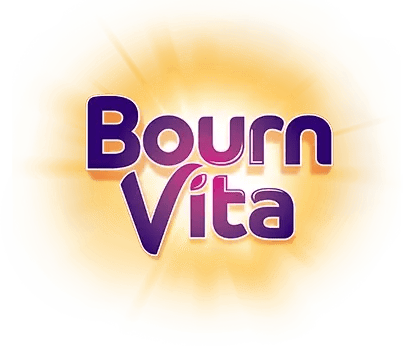- Integrate Fruits and Vegetables
- Have Enough Protein
- Give Carbohydrates
- Proper Hydration
- Regulate Junk Food
- Accurate Portion Size
Introduction
A healthy diet can foster a healthy mind and a healthy body for a child. In simple words, a healthy diet is an assortment of all the required nutrients in the right quantity given to a child at the right time. Fresh and home-cooked meals for your child that are rich in necessary nutrients can help keep them healthy and stay energized throughout the day. As mentioned on the research paper titled nutrients published in 2020, a diet rich in all the necessary nutrients can also help reduce the risk of mental health problems and make a child stay in a happy mood.
It may also enhance intrinsic motivation and energy levels to participate in several activities. Hence, it is indispensable for parents to structure a well-balanced diet chart for that child that caters to their nutritional requirements and energy needs. This may also help in saving a lot of time and the parents can simply follow this menu chart to cook meals for their kid.
Tips to Crafting a Healthy and Balanced Diet for Kids
Here is a look at some effective tips to structure a well-balanced and healthy diet meal chart for kids.
-
Integrate Fruits and Vegetables

Fruits and vegetables are a strong source of vitamins, minerals, and probiotics. Kids need to consume enough number of fruits and vegetables to stay fit and reduce the chances of nutritional deficiencies. As per research published in Elsevier in 2016, eating healthy fruits and vegetables may also reduce the chances of chronic health problems among kids. Moreover, it may also stimulate proper growth and development among children and lower the chances of unwanted weight gain.
-
Have Enough Protein
Protein is one of the most essential nutrients for growing kids. This is because one of the major functions of protein is muscle recovery and inducing height growth among children. Other than this, protein can also help in providing instant energy to a child. As per Sage Open Medicine published in 2023, protein can play a significant role in the cognitive development of a child as well. Hence, you may feed protein to your child in the form of chicken, eggs, soya, cheese, and other such sources.
-
Give Carbohydrates
As your child may take part in various activities like playing sports, doing extracurricular activities, and studying, they might need a constant source of energy to do these tasks. Carbohydrates can provide instant energy to kids and help them complete all their duties without getting tired. As per Nature Portfolio published in 2012, carbohydrates may also provide energy to the brain as well. This may help children concentrate better on their studies and increase their quality of performance at school.
-
Proper Hydration

An optimal diet is not just about eating the right kind of food, but it is also about having enough water throughout the day. According to Hydration in Children: What Do We Know and Why Does it Matter? published in 2019, an optimal water intake may help in better flow of blood in the body of a child and also have many physiological benefits. A child who is properly hydrated throughout the day may be able to concentrate better on their studies and stay energized while playing various sports. Drinking water frequently may also reduce the chances of loss of electrolytes due to sweating promoting better energy in the body.
-
Regulate Junk Food

Crafting a healthy and balanced menu is also about excluding unhealthy foods and ensuring that a child knows the harmful repercussions of each of these foods. Several junk foods, such as burgers, pizza, and French fries may have a very appetizing flavor that your child may enjoy. However, you need to make them understand that consumption of junk food can lead to a higher risk of many diseases. According to the journal Elsevier published in 2021, the regular consumption of junk food among kids can be directly associated with chronic problems like obesity and diabetes. Such foods can also be alarmingly high in sugar and sodium, both of which are not good for your child's health.
-
Accurate Portion Size
Another significant requisite to take into consideration before crafting your child's menu is to determine the portion of each food item on their plate. For example, if you're serving your child rice, dal, curd, and salad, you have to ensure that each of these is served in the right portion as per your child's nutritional requirements. Any food that is consumed in more than needed quantity even if it's healthy may not have a positive impact on our child's health. Similarly, adding salads and curd to your child's diet may make it rich in probiotics and fiber. So, the goal is to make your child's diet holistic and satisfactory.
Conclusion
Keeping all these factors in mind, you can truly build a healthy menu for your child. By introducing various recipes, you can also keep them engaged and enhance their interest in completing their meals.
Her love for storytelling began with reading her grandfather’s speeches, where Tarishi saw the power of words in creating lasting memories. Combining her passions for food and writing, she has turned her life into a fulfilling path of sharing stories that celebrate flavours and how food brings communities together.
The views expressed are that of the expert alone.
The information provided in this content is for informational purposes only and should not be considered a substitute for professional medical advice, diagnosis, or treatment. Always seek the advice of your physician or another qualified healthcare provider before making any significant changes to your diet, exercise, or medication routines.
















